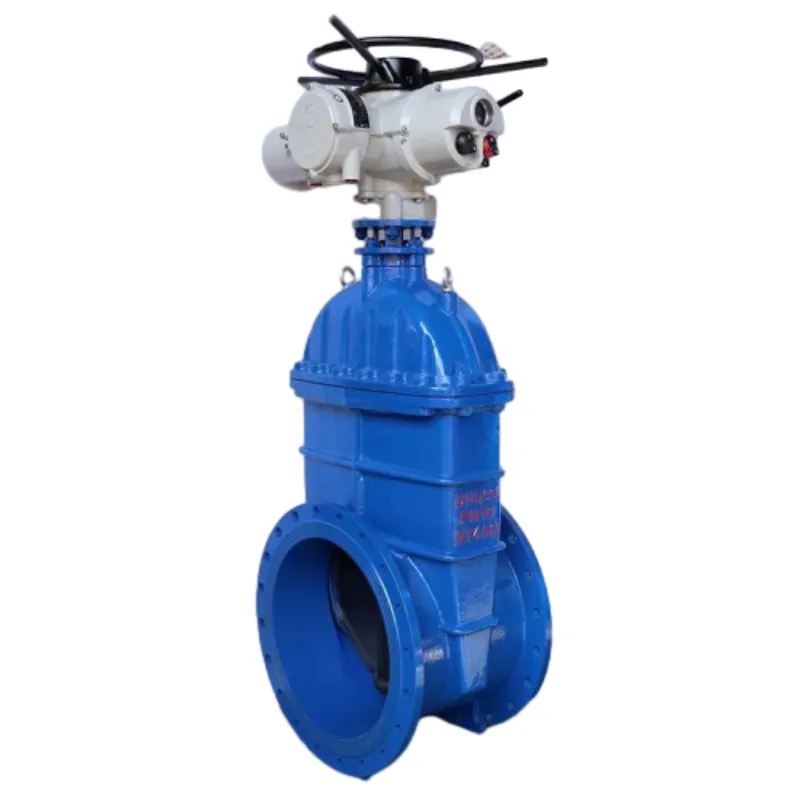નવેમ્બર . 08, 2024 08:24 Back to list
Different Varieties of Water Control Valves and Their Applications in Plumbing Systems
Types of Water Control Valves
Water control valves are essential components in a wide range of applications, from residential plumbing systems to large-scale industrial operations. These valves regulate the flow and pressure of water, ensuring systems operate efficiently and safely. Understanding the different types of water control valves can help homeowners and engineers make informed decisions based on their specific needs. Below, we explore the major types of water control valves, their functions, and their applications.
1. Gate Valves
Gate valves are primarily used to start or stop the flow of water. They are not designed for throttling and should be fully opened or closed to prevent damage to the valve. Gate valves operate with a rising or non-rising stem, which moves a wedge-like gate up or down to control the flow. They are typically used in applications where minimal pressure drop is desirable, such as in water supply lines. Their simplicity and effectiveness make them a popular choice for many systems.
2. Globe Valves
Globe valves are excellent for regulating flow. They feature a spherical body with an internal baffle that allows for a smooth flow path. The design enables fine adjustments to be made, making them ideal for applications where precise control of water flow is necessary. Globe valves are often used in pipelines that require throttling, such as heating systems and cooling processes. However, they do come with a higher pressure drop compared to gate valves due to the design.
3. Ball Valves
Ball valves are recognized for their excellent sealing capabilities and durability. They consist of a hollow ball that rotates within the valve body to control flow. When the ball is aligned with the flow, the valve is open; when it is perpendicular, the valve is closed. Ball valves provide quick on/off control and are often used in situations where tight sealing is essential. They are commonly found in residential and industrial applications, including water distribution systems and gas pipelines.
4. Check Valves
types of water control valves

Check valves are designed to prevent backflow in a system, ensuring that water only flows in one direction. These valves automatically close when the pressure falls, protecting pumps and other components from damage. There are various types of check valves, including swing, lift, and ball check valves, each suited for different applications. They are crucial in systems such as sump pumps and backflow prevention assemblies in irrigation systems.
5. Pressure Relief Valves
Pressure relief valves are safety devices used to control or limit pressure within a system. When the pressure exceeds a predetermined level, the valve opens to release excess pressure, preventing potential damage to equipment or piping. These valves are vital in various applications, including boilers, water heaters, and process systems, where maintaining safe pressure levels is critical.
6. Butterfly Valves
Butterfly valves feature a rotating disc that regulates flow. They are known for their compact design and lightweight characteristics, making them suitable for large pipelines. Butterfly valves can be operated manually or automatically and offer a quick shut-off option. They are often used in HVAC systems, water supply facilities, and wastewater treatment due to their efficiency and reliability.
7. Solenoid Valves
Solenoid valves are electromechanical devices that control the flow of water automatically through an electromagnetic coil. When electrical current is applied, the coil opens the valve, allowing water to flow. This type of valve is commonly used in irrigation systems, automated water supply systems, and appliances like washing machines where remote or automated control is required.
Conclusion
Choosing the right type of water control valve is essential for the efficiency and safety of water systems. Each valve type serves a unique purpose and is best suited for specific applications. Understanding the differences between gate, globe, ball, check, pressure relief, butterfly, and solenoid valves can help users select the most appropriate option for their needs. Whether for residential, commercial, or industrial use, selecting the appropriate water control valve can lead to more efficient operations and longer-lasting systems.
-
thread-plug-gauge-our-promise-of-measurement-excellenceNewsAug.22,2025
-
gauge-pin-class-reflecting-quality-legacyNewsAug.22,2025
-
check-valve-types-for-high-rise-buildingsNewsAug.22,2025
-
water-control-valve-for-irrigation-systemsNewsAug.22,2025
-
gate-valve-with-soft-seal-technologyNewsAug.22,2025
-
y-type-strainer-for-oil-and-gas-applicationsNewsAug.22,2025
Related PRODUCTS









